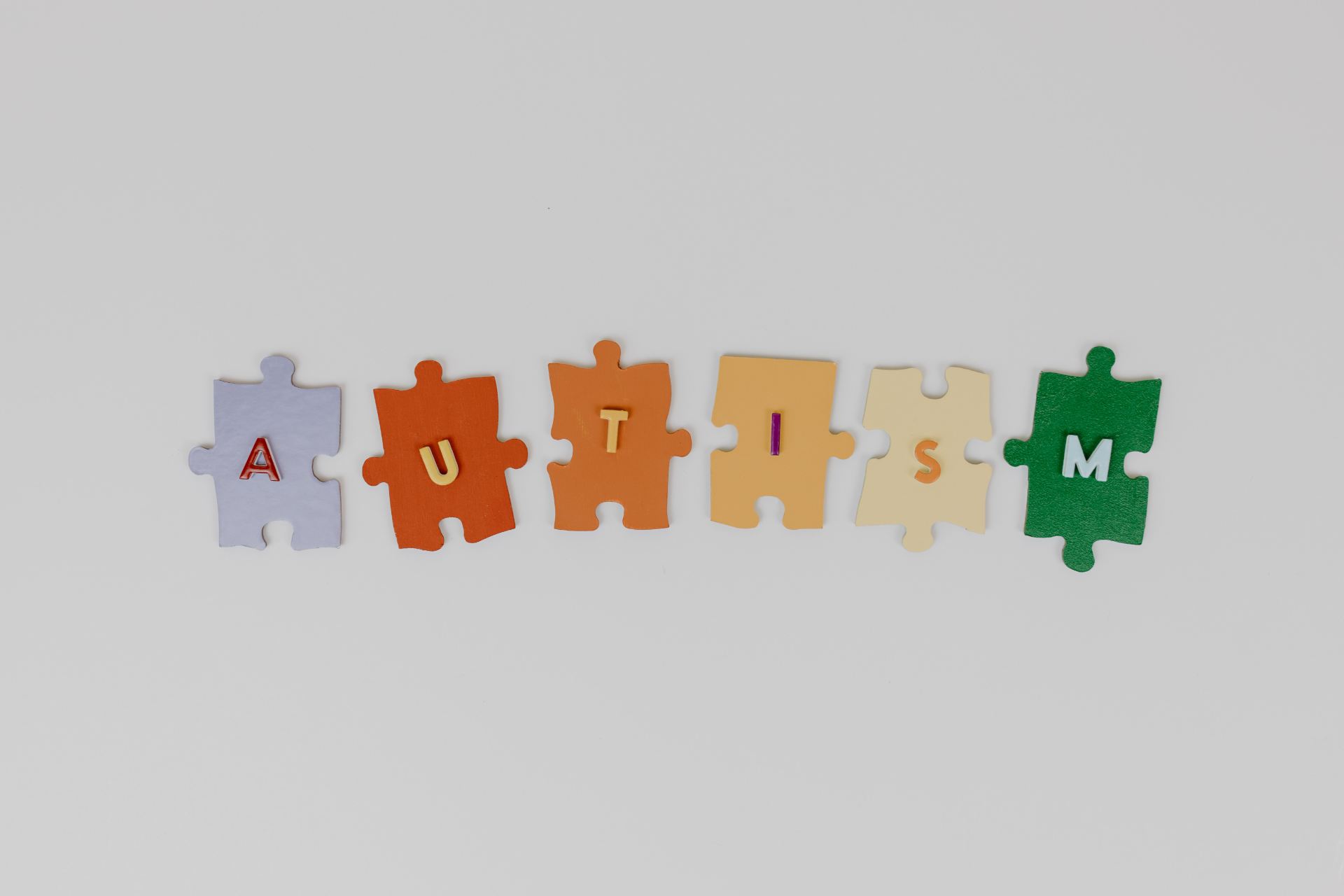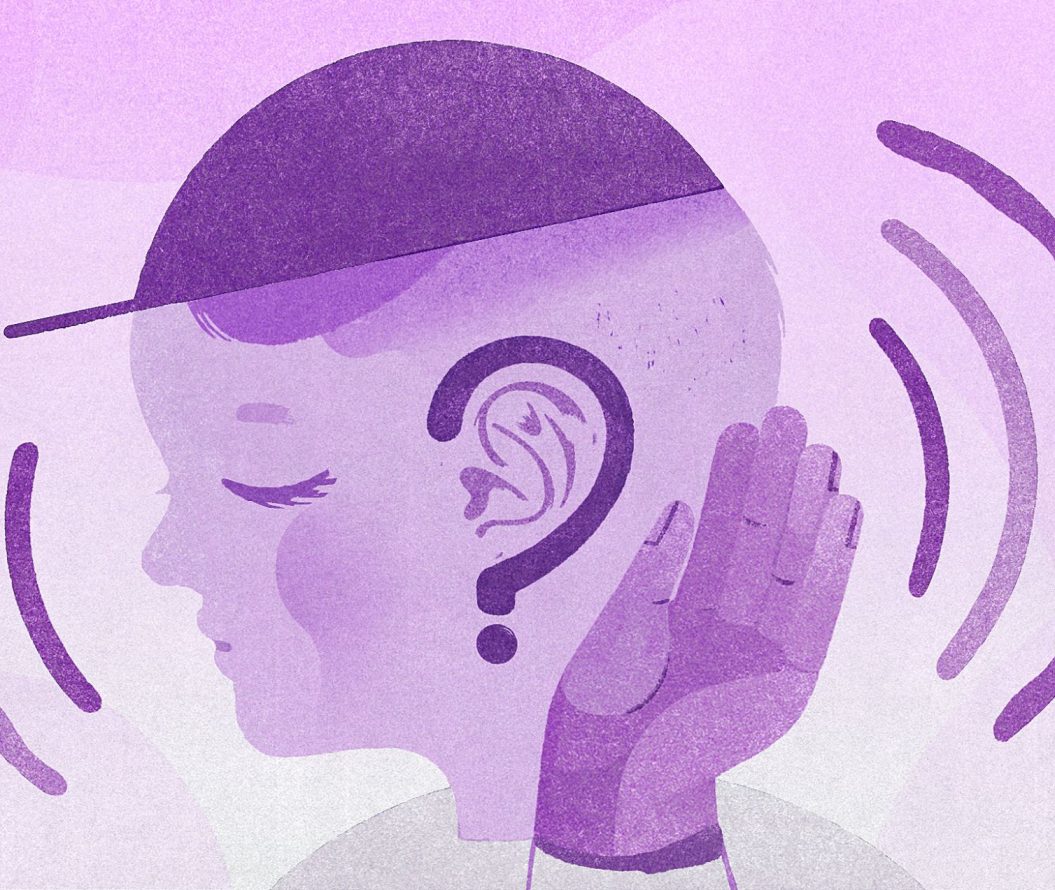A collection of articles written by students at Bishop Grosseteste University as part of their partnership on the Office for Students Mental Health Project.

Autism functioning labels: What are they, what harm do they do and how can we change our language when speaking about autism?
April 2, 2022,
read.
Introduction
Historically, autistic people were identified using labels of ‘low functioning’ or ‘high functioning’ (including ‘Asperger’s syndrome’). However, in recent years, this has been removed and now, most areas will only diagnose autism spectrum disorder (ASD) and no longer use functioning labels, many areas also no longer diagnose ‘Asperger’s syndrome’.
‘Low functioning autism’ used to be the term to describe a person with autism, who is non-verbal (unable to communicate verbally), regardless of where their strengths may lie or how well they can cope with everyday life.
‘High functioning autism’ or ‘Asperger’s syndrome’ were used to describe someone with autism who is deemed as being able to function more acceptably within society, including having verbal communication skills. ‘Asperger’s syndrome’ was particularly used when a person presented with autistic traits but achieves well academically or was viewed as intelligent.
Why can functioning labels be harmful?
Functioning labels can be harmful to both autistic individuals and the autistic community as a whole, as well as causing stigma and promoting stereotypes. To read more about the stereotypes of autism and different presentations of autism, read this article.
For individuals who are labelled as ‘low functioning’, this label dismisses the idea that someone with autism that is non-verbal, has nothing to say, despite the availability of other forms of communication, such as sign language and other communication aids. The label of ‘low functioning’ can then be damaging to the individual because it has connotations of a low intelligence level or is unable to be independent, which is just not true and can lead to the individual not being offered the same opportunities as their peers and discrimination. In addition, individuals with a diagnosis of ‘low functioning autism’ are often infantilised and stigmatised for their lack of verbal communication skills, regardless of their cognitive ability or intelligence.
Autistic people labelled as ‘high functioning’, or ‘Asperger’s syndrome’ may also have difficulties because of this label. The connotations that society has with these labels can be largely blamed to media. Figures such as Sheldon from The Big Bang Theory or Rain Man, can lead to a stereotype of a high level of intelligence, having vast amounts of knowledge in a subject area and assumes that all people with this diagnosis are highly intelligent with an excellent memory. This can put huge amounts of pressure on those with this diagnosis to live up to these stereotypes and may invalidate some with this diagnosis. In addition, this label can imply that the individual ‘functions’ well or does not struggle with aspects of their condition when this is just not the case for many people. Those with ‘Asperger’s’ diagnosis, can often struggle with ‘autistic burnout’ because of the pressures put on them, a lack of support and an ability to ‘mask’ the struggles with autism they may have. ‘Masking’ is especially prevalent in autistic females, which is a factor in the reason for why females are so underdiagnosed compared to males. For more information on autism and masking, check this article out.
Overall, functioning labels are not useful in understanding an autistic person’s support needs, due to the complex and ‘spectrum’ nature of autism itself.
What is the history behind ‘Asperger’s syndrome’ and how this contributes to abolishment of the term?
Hans Asperger was a Nazi paediatrician who was deeply involved in the murder of disabled children, especially those with autism. Asperger was a eugenicist who believed that only the autistic children who would be ‘useful’ to society and behaved neurotypically, deserved to live, and these children were given the diagnosis of ‘Asperger’s syndrome’ and were protected. The other children would be sent to be killed as part of the Nazi racial cleansing scheme, as their characteristics were deemed to be ‘undesirable’.
This history is part of the reason many autistic people now prefer to use the universal diagnosis of ‘autism’ or ‘autism spectrum disorder/condition’, among many other reasons, including those discussed earlier in this article.
How can we change the way we talk about autism and view the support needs of autistic people?
A major way to support those with autism is simply to ask what their support needs are. Most people with autism would rather you ask how or if you can support them rather than make assumptions about what they can or cannot do. It is also important to understand the difference between autistic burnout and depression, which can be found in this article.
Most autistic people do now use the universal term of ‘autism’ and they can use this term regardless of their official diagnosis or ‘label’ is.
In addition, terms such as ‘mild autism’ or ‘severe autism’ shouldn’t be used to describe someone’s level of needs as this is generally seen as offensive by the autistic community.
- Topics
- Autistic spectrum




